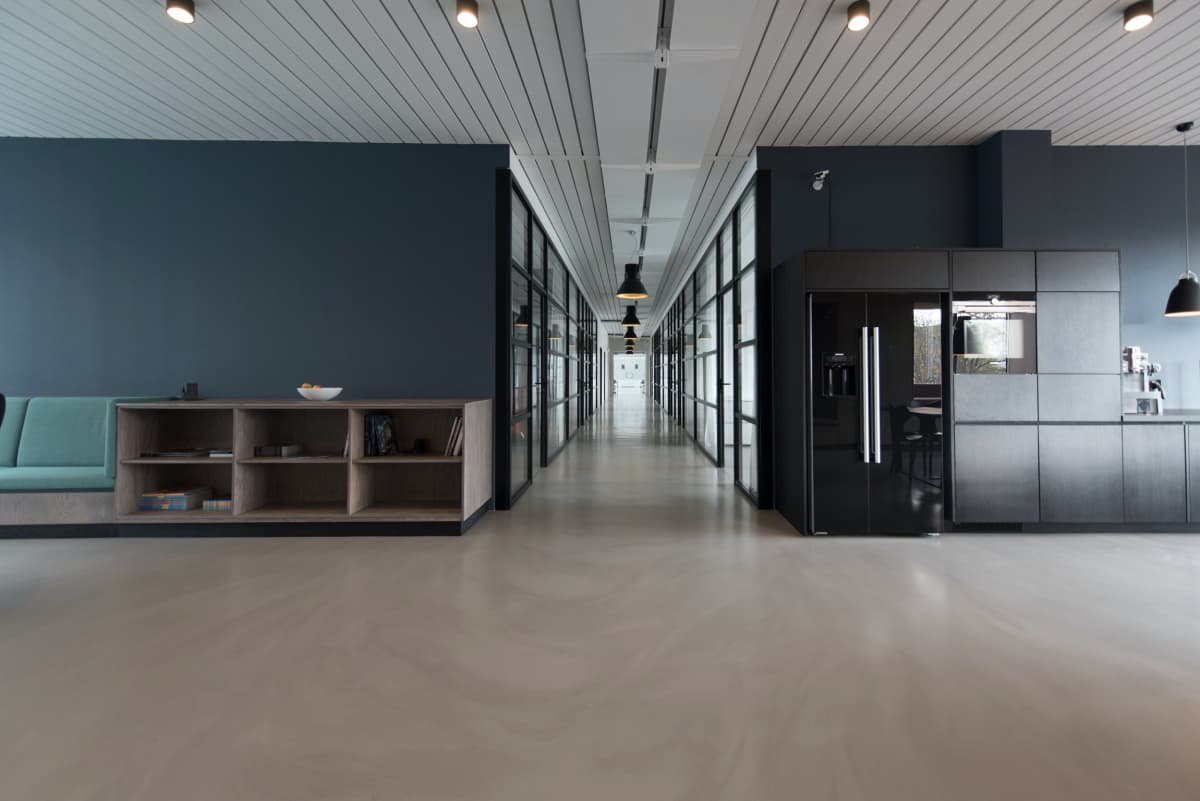

Office Space Management



Some of the things that come to mind when thinking about what makes a company successful include skilled workers, well-oiled machinery, and forward-thinking management. Although it may not be immediately apparent, good space planning for the office is crucial to the success of your company over the long term. In light of this, the question arises as to how one may go about maximizing small office space by making the most of its physical space and supplies. To get you started on the path to more effectively managing your company’s office space, we’ve compiled the guide below.
What Is Office Space Management?
The management, control, and monitoring of the physical areas used by the business are referred to as space management in offices. This could mean a single story, several floors, or perhaps many buildings. Everything from office layouts to parking lots to conference rooms to employee break areas is included in your company’s footprint. Space planning office involves several steps, including information gathering, analysis, prediction, and planning.
What Are the Three Key Factors in Space Management?
Below are three major factors to consider when space planning an office.
Careful Planning
Preparation is the key to successful space management. Facility managers (FMs) should work with other divisions and staff members to identify objectives and design the workplace accordingly.
It’s important to note that the specifics of this planning procedure will vary based on the type of workplace that is currently being (or will be) utilized by the organization.
Implementation Using the Necessary Tools
The second fundamental factor of space management is the process of putting into action new layouts, office designs, and strategies while ensuring that the appropriate resources, including technology, are always at hand.
Keep in mind that the purpose of space management is to provide a more enjoyable and productive place to work. FMs must employ suitable technological means to achieve this goal in today’s ever-more-complicated workplaces.
Space Tracking
Finally, the third factor of space management is the ongoing assessment of current space usage to enhance that utilization whenever possible. FMs should initiate data analytics collection for their area. They can then start to create an image of how it is being used. They can use this real-time information to fine-tune and improve their operations.
How Do You Manage a Small Office Space?
The factors listed below will aid in planning an office space.
Being Flexible Is the New Mantra
Get rid of the compartmentalized rooms that serve only one purpose and replace them with a more open plan that can accommodate a variety of tasks. Intelligent space planning that allows for easy adaptation to changing needs is preferable.
Focus On the Choice of Materials
When used in a room, heavy materials can create the appearance of a smaller and more cramped area. To create the impression of more space, choose lighter materials like wood and simple finishes.
Eliminate Disorder and Clutter
Get rid of anything in the workplace that you’re not going to use. Smart devices and clever storage options might help you organize your office’s complex wiring and give the impression that there is more space there.
Merging the Lines of Common Areas
Ensure effective use of communal spaces and make them accessible. When workers need a break from their cramped desks, the company should make sure that the cafeteria and meeting rooms may be used for business as well.
What Is the Objective of Space Management?
The objective of office space management is to streamline processes, so making it possible to implement strategic, scalable optimization strategies that address unique issues related to utilization and functioning and ultimately improve working conditions for everybody involved.
When a company is experiencing rapid expansion, it is critical that the workplace be laid out for maximum productivity. Without a well-designed space, productivity, efficiency, and innovation among workers may suffer.
What Are the Benefits of Space Management?
To keep workers happy and motivated, planning office spaces is essential. Let’s take a look at some of the other advantages of efficient space management.
Massive Savings
A company’s budget may take a serious hit if the office space is improperly organized, leading to higher costs for rent and furnishings. Space planning can assist in creating an office environment that is functional for all workers. You can cut expenses by reducing the number of employees and the amount of idle office space.
Increased Efficiency
If your desk is a mess, your thoughts will be, too. And the same is true for the workplace. It’s easier for workers to get work done when they arrive at an office that is well-organized and free of unnecessary clutter and dead space.
Continuous Development
The potential for continuous development is a less visible advantage of office space management. With a space management plan in place, you won’t just design your office once but instead will actively seek out methods to make it better for your staff as their demands evolve. If you need access to information about the utilization of your office space, space management tools will be an invaluable asset.
Increased Flexibility
Office space standards and guidelines frequently undergo revision. Depending on the day, your office could be open to anywhere from 10 to 100 employees. Having a space management plan in place can help you adapt quickly to new circumstances and make room for necessary adjustments in the office.
Cut Down on the Workload of Office Managers
Effectively managing your team’s physical environment can help everyone save time and effort. No longer will they need to assign desks or rearrange furniture at the last minute manually. With more reliable forecasting and office space planning resources, they can prioritize employee happiness and security.
Thriving Corporate Culture
Culture at an organization is the sum of its employees’ daily interactions. Happy hours, team-building exercises, and productive brainstorming sessions can all be found right at your office. These conversations are vital to the development of a productive and cohesive workplace. Providing a suitable location for such gatherings will go a long way toward fostering a sense of shared identity and pride among your staff.
Why Space Management Is Important for a Business
The following are some of the reasons why businesses prioritize space optimization.
Cost Control
The majority of businesses and large organizations need a substantial amount of office space to house their administration, research, customer service, and other crucial business operations. It is especially vital to maintain optimal space use if your real estate portfolio consists of many buildings with offices scattered across multiple floors to cut or avoid major operational expenditures.
Waste Minimization
The world is investing more and more in environmental and CO2-reducing measures, so it makes sense that proactive space management in the workplace would help to reduce resource consumption and better position your facility for the future.
Engagement of Employees
Investing in your workplace’s infrastructure is not just good asset management from a financial perspective, but it can also have a profound effect on your staff’s morale and productivity. Managing your office space strategically will help you create a more pleasant and productive workplace, which will, in turn, motivate your current staff and appeal to potential new hires.
Conclusion
The success of your company depends in large part on how well you manage your office space. Maximizing the use of available space has multiple benefits for a business, including increased efficiency and lower operating costs.
If you require office furniture backed by design innovations to make the most of your workspace, get in touch with offispace.sa immediately. They are widely recognized as the go-to provider for comprehensive and customized office furniture solutions.
